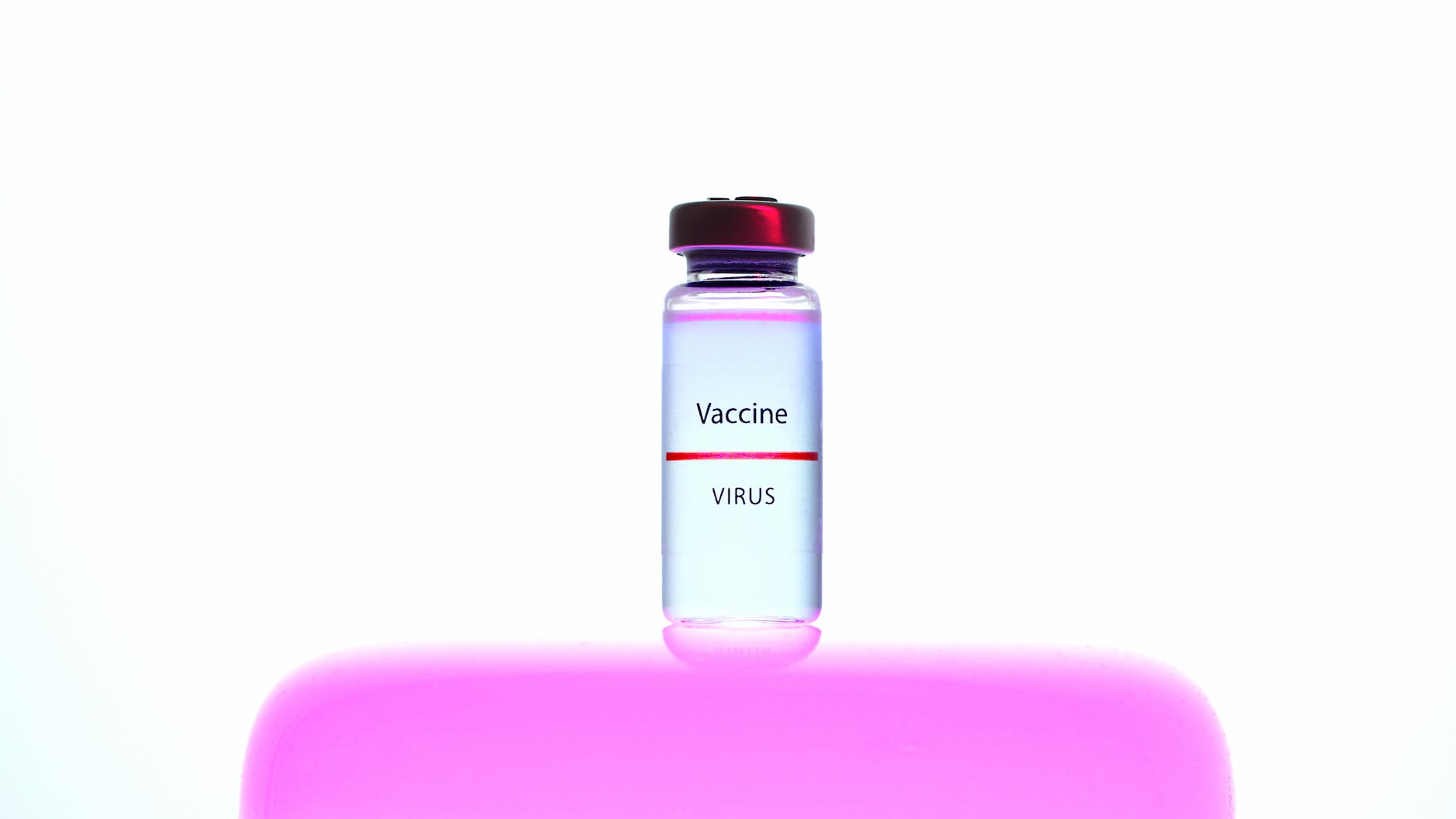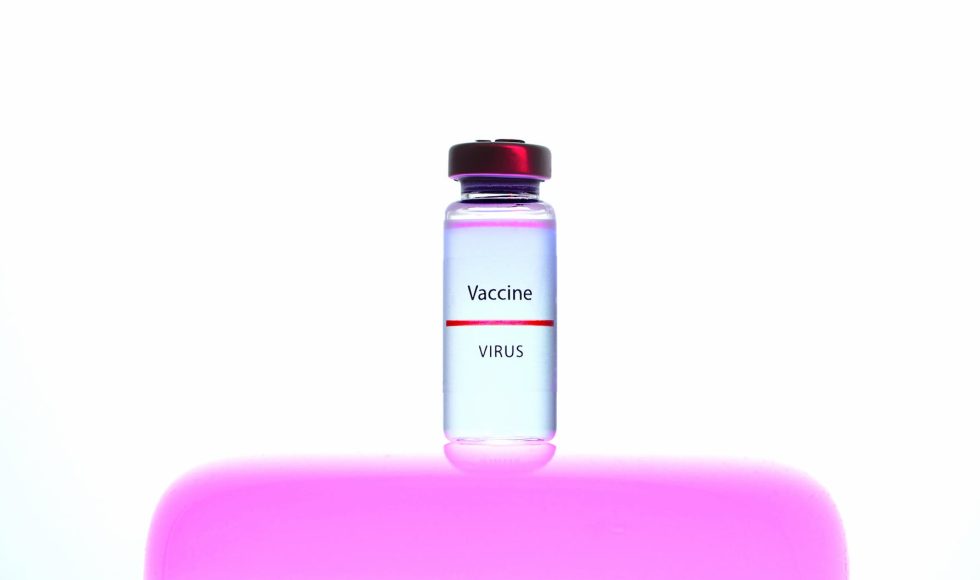Christian Stevens from the Icahn School of Medicine at Mount Sinai presented at London Calling 2022 on “de novo assembly of immunoglobulin loci linked to full-length single-cell transcriptome of antigen-specific plasmablasts.” I was curious: what are plasmablasts? Stevens described the project as a subject who receives an MMR vaccine, at day six they extract PBMCs, and with these, two preparations for transcriptomics begin. Single cell transcriptomics and germline DNA analyses were performed with Oxford Nanopore. In this project they used the trivalent inactivated virus MMR vaccine to develop an antibody. Stevens spoke about B cells and antibody production. With VDJ recombination, the necessary variety of antibodies are created. With flow sorting, they selected for B cells. They then used adaptive sampling to generate IG assemblies. They were able to phase and get the haplotype per individual and align the IG loci for the patient. Stevens mentioned that ONT sequencing does not show overlaps between different isotypes, observed with Illumina sequencing. They used ONT-based scRNAseq of plasmablasts. They are now synthesizing antigen-specific antibodies based on these data. Stevens summarized that they are using the MMR vaccine booster to annotate a subject’s unique immune repertoire, compare the transcriptomes of subgroups of the person’s plasmablast population, and identify heavy and light chains allowing for antibody synthesis. This was all done with ONT sequencing, and they worked closely with ONT to improve workflows.



